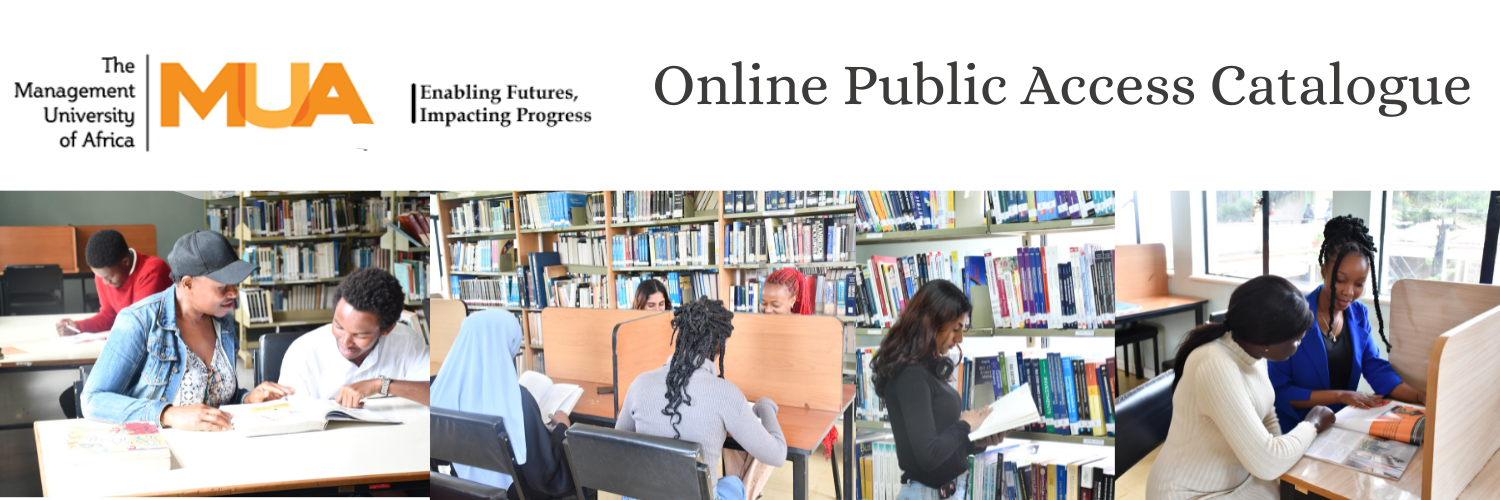Access for all : building inclusive financial systems / Brigit Helms.
Material type: TextPublication details: Washington : World Bank Publications, 2006.Edition: 1st edDescription: 184 p. ; 23 cmISBN:
TextPublication details: Washington : World Bank Publications, 2006.Edition: 1st edDescription: 184 p. ; 23 cmISBN: - 0821363603
- 9780821363607
- 332.1091724
- HG 178.33 .H45 2006
| Item type | Current library | Collection | Call number | Status | Barcode | |
|---|---|---|---|---|---|---|
| Books | The MUA Library South C campus - Open Collection | STACK 4 | HG 178.33 .H45 2006 (Browse shelf(Opens below)) | Available | 2007-0750 |
Paperback.
In the past ten years, the world of microfinance has changed dramatically. The field has moved rapidly from early innovations in providing loans to help poor entrepreneurs start businesses to a bold vision of creating entire financial systems that work for the poor. Microfinance has proven to be an effective tool for reducing poverty and helping poor people to improve their lives. And yet a diverse range of potential clients still lack access to an array of financial services – not just credit for enterprise but also a safe place to save, the ability to transfer funds to family members, insurance against sickness or other household disasters, and other ways to mitigate risk in vulnerability. The challenge today is to engage more types of distribution systems, more technologies and more talent to create financial systems that work for the poor and boost their contribution to economic growth. This title explains what this new vision of microfinance means in practical, non-technical terms.
There are no comments on this title.

